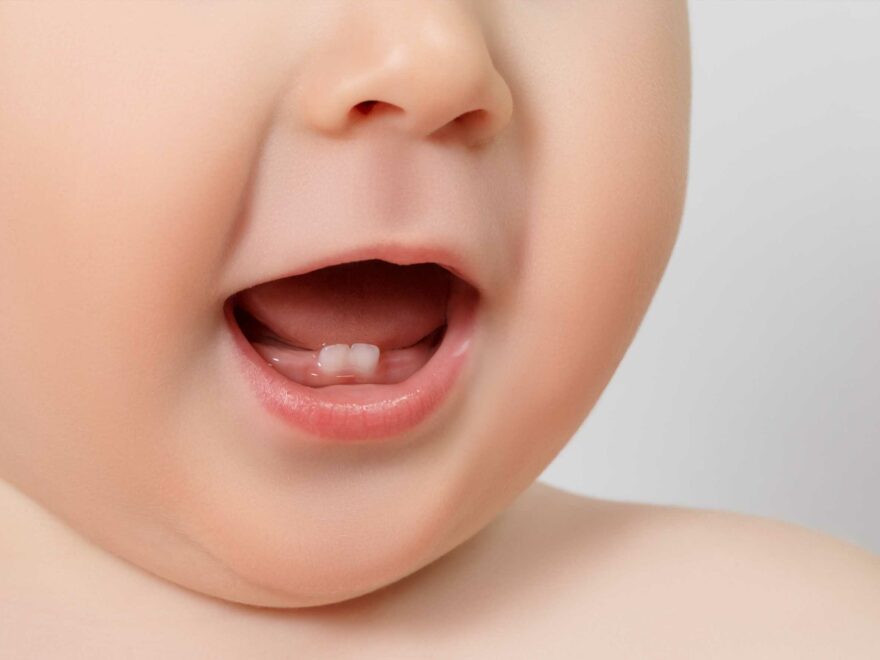FEEDING time can be stressful when you have a little one.
Especially if it looks like something is going wrong.
According to one doctor, if your baby has little blisters on his or her lips it could be a sign of a health condition which makes it hard for baby's to eat, known as tongue-tie.
Tongue-tie is where the strip of skin connecting the baby's tongue to the bottom of their mouth is shorter than usual.
Some babies who have tongue-tie do not seem to be bothered by it. In others, it can restrict the tongue's movement, making it harder to breastfeed.
"These are lip blisters and they are one of the many signs that can indicate oral restrictions," Doctor Gigi Tadros, a baby tongue expert from the US, said in a social media post.
Read more on baby care
I’m an expert – here’s the food that causes the most choking incidents in children
I’m a first aid guru & here’s 2 steps parents must take to spot deadly illness
"When a baby needs to remain latched, but has a restricted tongue, the lips have to compensate.
"The lips become the primary seal to get the milk they need. The lips are basically holding on for dear life and that's why these blisters form.
"You may see one large one in the middle of the upper lip, or many small ones, that turned white right after a feed," she explained on her Instagram.
Other signs of tongue-tie include:
Most read in Health
I feared my 34I breasts would smother my baby but trolls won't leave me alone
Millions of Brits can get spring Covid booster from TODAY – are you eligible?
Urgent warning to be alert for Marburg symptoms – as virus has 90% kill rate
I was a crisp addict but I spent £12,000 on gastric bypass and lost 7st
- painful nursing or damaged nipples
- misshaped lipstick nipples after a feed
- frustration at the breast
- clicking sounds
- sensitive gag reflex
- poor weight gain
- low lying tongue
- gassiness
- spit-up or reflux-type symptoms
- recessed chin
- high palate
- recurring clogged ducts
If any of these symptoms sound familiar, please find a provider who is trained in tongue ties, the expert said
"Not all paediatrians or dentists are knowledgeable to recognise or diagnose them," she added.
Tongue-tie division involves cutting the short, tight piece of skin connecting the underside of the tongue to the bottom of the mouth.
It's a quick, simple and almost painless procedure that usually improves feeding straight away, the NHS website says.
Untreated tongue-tie may not cause any problems as a child gets older, and any tightness may resolve naturally as the mouth develops.
However, tongue-tie can sometimes cause problems such as speech difficulties and difficulty eating certain foods.
Source: Read Full Article







